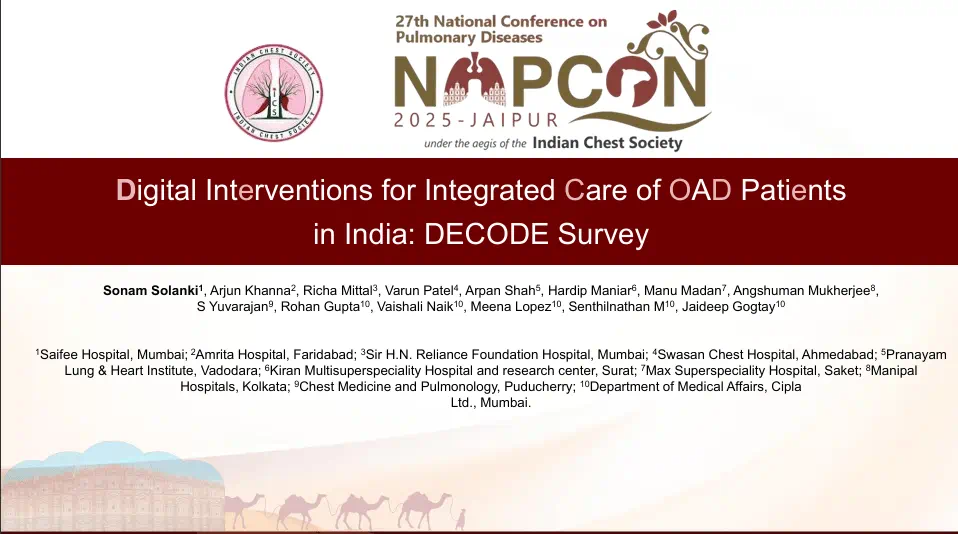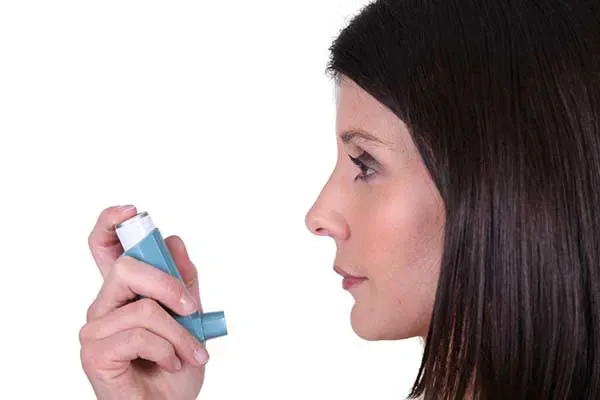Safety and Efficacy of a Short-term versus High-dose LVFX Regimen for the Treatment of Patients with cUTI or APN
Introduction
Levofloxacin (LVFX) is a quinolone, widely used to treat complicated urinary tract infection (cUTI) and acute pyelonephritis (APN). The duration of LVFX therapy is essential for improving efficacy and reducing the development of resistance. Thus, short-term therapy with LVFX at a high dose (750 mg/day for 5 days) may be preferable to more prolonged treatment with a lower dose.
Aim
To compare the efficacy and safety of short-course intravenous levofloxacin (LVFX) 750 mg with a conventional intravenous/oral regimen of LVFX 500 mg in patients with complicated urinary tract infections (cUTIs) and acute pyelonephritis (APN)
Patient profile
- Patients with complicated urinary tract infections (cUTIs) and acute pyelonephritis (APN)
Methods
- Prospective, open-label, randomized, controlled, multicenter, non-inferiority clinical trial
- Patients with cUTI and APN were randomly assigned to a short-course therapy group or a conventional therapy group
- Drug Regimen
- Short-course therapy group: Patients in the LVFX 750-mg group received an intravenous infusion of LVFX (750 mg/150 mL) once daily for 5 consecutive days.
- Conventional therapy group: Patients in the LVFX 500-mg group received an intravenous infusion of LVFX (500 mg/100 mL) once daily and were then shifted to an oral regimen of LVFX (500 mg/ tablet) once daily for 7–14 days
- The clinical, laboratory and microbiological results were evaluated for efficacy and safety
Results
|
Variable |
LVFX 500 mg (N = 159) |
LVFX 750 mg (N = 158) |
p-value |
|
Age (years), mean ± SD |
50.18 ± 17.42 |
49.08 ± 17.37 |
0.574 |
|
Sex |
|
|
0.512 |
|
Male |
22 (13.84%) |
18 (11.39%) |
|
|
Female |
137 (86.16%) |
140 (88.61%) |
|
|
Height (cm), mean ± SD |
160.78 ± 6.08 |
161.17 ± 6.07 |
0.572 |
|
Weight (kg), mean ± SD |
59.68 ± 9.74 |
60.65 ± 10.76 |
0.404 |
|
History of allergies |
20 (12.58%) |
16 (10.13%) |
0.491 |
|
Diagnostic result |
|
|
0.697 |
|
cUTI |
90 (56.6%) |
86 (54.43%) |
|
|
APN |
69 (43.4%) |
72 (45.57%) |
|
|
Source |
|
|
0.593 |
|
Inpatients |
96 (60.38%) |
100 (63.29%) |
|
|
Outpatients |
63 (39.62%) |
58 (36.71%) |
|
|
Treatment time (days), median |
9 |
5 |
<0.001 |
|
Exposure dose (mg), median |
4500 |
3750 |
<0.001 |
Clinical Efficacy
- Clinical effectiveness in the short-course therapy group was non-inferior to that in the conventional therapy group
- In both the LVFX 500-mg group and the LVFX 750-mg group, the clinical success rates were significantly better for APN than for cUTI
- The microbiological effectiveness rates were also similar between short-course therapy and conventional therapy
- In the LVFX 500-mg group, the microbiologic eradication rate was significantly higher for APN than for cUTI (100 %versus 72.97%, p = 0.003), but not in the LVFX 750-mg group (91.67% verses 87.10% p > 0.05)
- The median clinical success time was 4 days in the LVFX 500-mg group and 3 days in the LVFX 750-mg group (p > 0.05)
Safety Analysis
- The incidence of adverse effects and drug-related adverse effects were also similar for the short-course therapy group and the conventional therapy group
- The total adverse event rate in the LVFX 500-mg group was 23.03% and 21.95% in the LVFX 750-mg group (p > 0.05)
|
|
LVFX 500 mg (N = 165) |
LVFX 750 mg (N = 164)
|
| ||
|
|
N (incidence) |
N (case-time) |
N (incidence) |
N (case-time) |
p value |
|
Total |
38 (23.03%) |
52 |
36 (21.95%) |
57 |
0.792 |
|
Related to drugs |
26 (15.76%) |
36 |
31 (18.90%) |
46 |
0.071 |
|
Severe |
2 (1.21%) |
2 |
1 (0.61%) |
1 |
1.000 |
|
Resulting in loss to follow-up* |
10 (6.06%) |
10 |
11 (6.71%) |
15 |
0.686 |
|
Examinations |
16 (9.70%) |
17 |
14 (8.54%) |
17 |
0.702 |
|
Reduction in leukocyte count |
9 (5.45%) |
9 |
9 (5.49%) |
9 |
1.000 |
|
Reduction in neutrophil count |
2 (1.21%) |
2 |
3 (1.83%) |
3 |
1.000 |
|
Increased ALT |
2 (1.21%) |
2 |
2 (1.22%) |
2 |
1.000 |
|
Increased ASP |
2 (1.21%) |
2 |
3 (1.83%) |
2 |
1.000 |
|
Increased platelet count |
2 (1.21%) |
2 |
0 (0%) |
0 |
0.489 |
|
Increased blood pressure |
0 (0%) |
0 |
1 (0.61%) |
1 |
1.000 |
|
Gastrointestinal |
4 (2.42%) |
6 |
7 (4.27%) |
10 |
0.358 |
|
Reaction at injection site |
7 (4.24%) |
9 |
3 (1.83%) |
4 |
0.199 |
|
Cutaneous/subcutaneous |
3 (1.82%) |
2 |
3 (1.83%) |
3 |
1.000 |
|
Nervous system/mental |
1 (0.61%) |
0 |
4 (2.44%) |
7 |
0.371 |
|
Immune |
1 (0.61%) |
1 |
1 (0.61%) |
1 |
1.000 |
|
Infection |
7 (4.24%) |
1 |
1 (0.61%) |
1 |
0.067 |
|
Hepatobiliary |
0 (0%) |
0 |
1 (0.61%) |
1 |
1.000 |
|
Metabolic/nutritional |
1 (0.61%) |
0 |
3 (1.83%) |
1 |
0.623 |
|
Musculoskeletal/connective tissue |
0 (0%) |
0 |
1 (0.61%) |
1 |
1.000 |
Conclusion
- The study demonstrated that patients with cUTIs and APN who were given short-course LVFX therapy and conventional LVFX therapy had similar outcomes in clinical and microbiological efficacy, tolerance, and safety
- The LVFX 750 mg regimen may be preferred for the treatment of these infections because its duration was 50% less, and the total drug dose was 23% less
Reference
Int Urol Nephrol. 2017. 49:499–507












